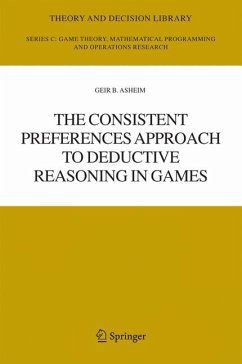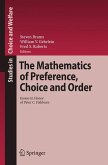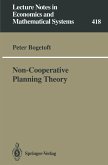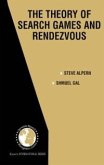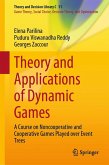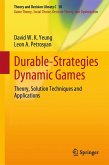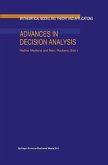During the last decade I have explored the consequences of what I have chosen to call the 'consistent preferences' approach to deductive reasoning in games. To a great extent this work has been done in coop eration with my co-authors Martin Dufwenberg, Andres Perea, and Ylva Sovik, and it has lead to a series of journal articles. This book presents the results of this research program. Since the present format permits a more extensive motivation for and presentation of the analysis, it is my hope that the content will be of interest to a wider audience than the corresponding journal articles can reach. In addition to active researcher in the field, it is intended for graduate students and others that wish to study epistemic conditions for equilibrium and rationalizability concepts in game theory. Structure of the book This book consists of twelve chapters. The main interactions between the chapters are illustrated in Table 0.1. As Table 0.1 indicates, the chapters can be organized into four dif ferent parts. Chapters 1 and 2 motivate the subsequent analysis by introducing the 'consistent preferences' approach, and by presenting ex amples and concepts that are revisited throughout the book. Chapters 3 and 4 present the decision-theoretic framework and the belief operators that are used in later chapters. Chapters 5, 6, 10, and 11 analyze games in the strategic form, while the remaining chapters-Chapters 7, 8, 9, and 12-are concerned with games in the extensive form.
Dieser Download kann aus rechtlichen Gründen nur mit Rechnungsadresse in A, B, BG, CY, CZ, D, DK, EW, E, FIN, F, GR, HR, H, IRL, I, LT, L, LR, M, NL, PL, P, R, S, SLO, SK ausgeliefert werden.
Hinweis: Dieser Artikel kann nur an eine deutsche Lieferadresse ausgeliefert werden.

